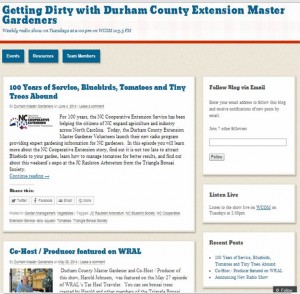
Extension Master Gardeners in Durham County Launch a Radio Show
The Extension Master Gardeners in Durham County have launched a radio show on WCOM 103.5 FM. The show can …



El inglés es el idioma de control de esta página. En la medida en que haya algún conflicto entre la traducción al inglés y la traducción, el inglés prevalece.
Al hacer clic en el enlace de traducción se activa un servicio de traducción gratuito para convertir la página al español. Al igual que con cualquier traducción por Internet, la conversión no es sensible al contexto y puede que no traduzca el texto en su significado original. NC State Extension no garantiza la exactitud del texto traducido. Por favor, tenga en cuenta que algunas aplicaciones y/o servicios pueden no funcionar como se espera cuando se traducen.
Inglês é o idioma de controle desta página. Na medida que haja algum conflito entre o texto original em Inglês e a tradução, o Inglês prevalece.
Ao clicar no link de tradução, um serviço gratuito de tradução será ativado para converter a página para o Português. Como em qualquer tradução pela internet, a conversão não é sensivel ao contexto e pode não ocorrer a tradução para o significado orginal. O serviço de Extensão da Carolina do Norte (NC State Extension) não garante a exatidão do texto traduzido. Por favor, observe que algumas funções ou serviços podem não funcionar como esperado após a tradução.
English is the controlling language of this page. To the extent there is any conflict between the English text and the translation, English controls.
Clicking on the translation link activates a free translation service to convert the page to Spanish. As with any Internet translation, the conversion is not context-sensitive and may not translate the text to its original meaning. NC State Extension does not guarantee the accuracy of the translated text. Please note that some applications and/or services may not function as expected when translated.
Collapse ▲
The Extension Master Gardeners in Durham County have launched a radio show on WCOM 103.5 FM. The show can …
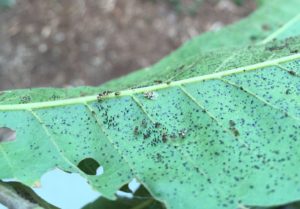
This week I have seen a couple species of lace bugs active on landscape plants. Yes, there are over …

For the past several weeks I have noticed damage to the leaves of my roses. Each year this happens and …

Call it what you want- cowpea, field pea, or southern pea, these common names of Vigna unguiculata are all hard-working …

False oleander scale, Pseudaulacaspis cockerelli, is a tropical and subtropical pest originally from China. False oleander scale is common throughout …
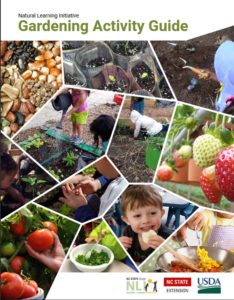
Hot off the Press . . . Gardening Activity Guide by the NC State Natural Learning Initiative Designed for preschool teachers, parents, …
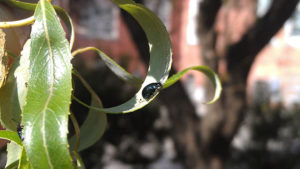
Imported willow leaf beetle (Plagiodera versicolor) are common on willows in landscapes and natural areas. Most of year adults and …
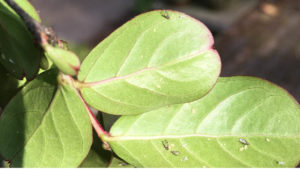
Crape myrtles are among the most commonly planted trees in the Southeast. The two main pests are crape myrtle …
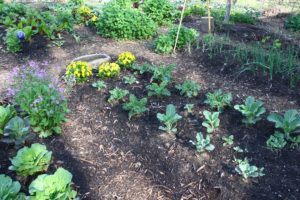
Soil testing is the foundation for growing your plants and lawns as stress-free as possible! Soil testing not only …

As part of the Coronavirus Farm Assistance Program, the U.S. Department of Agriculture (USDA) announced that it will provide up …
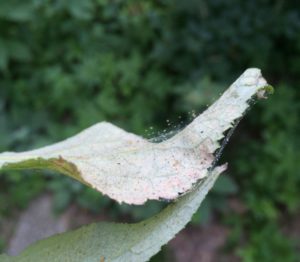
Twospotted spider mites are probably the most common spider mite species to damage ornamental plants, fruits, vegetables, and others. Twospotted …
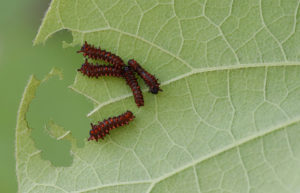
Pollinator Paradise is a Demonstration Garden created by the North Carolina Cooperative Extension, Chatham County Center. Agriculture Agent Debbie …
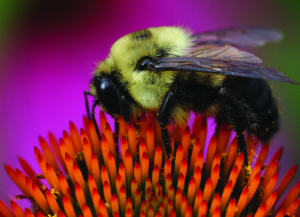
In honor of Citizen Science Month, the Chatham County Center of North Carolina Cooperative Extension conducted a webinar on …
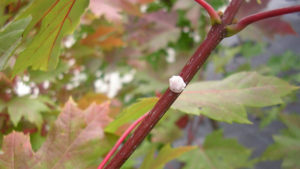
There are a couple species of wax scales (Ceroplastes spp.) in North Carolina. Common ones include Indian wax scale …
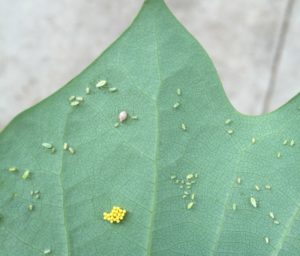
Tulip trees (Liriodendron tulipifera) have two primary pests both of which produce honeydew and both of which are actively …
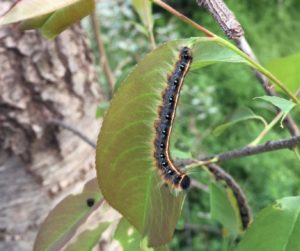
Eastern tent caterpillars are common native insects that create silk webs or ‘tents’ in the branch crotches of some …
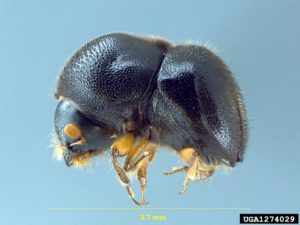
Nursery growers have been struggling with ambrosia beetles for decades. Now landscape trees are also getting attacked more frequently. …

In this publication you will find ideas to get you started growing your own edibles. …

Black root rot impacts a range of woody and herbaceous ornamental plant species primarily in …

This Entomology Insect Note discusses how to identify and manage common armored scale insects that …
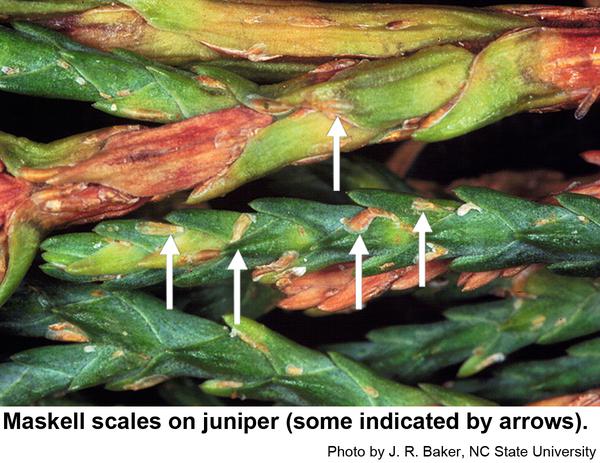
This factsheet describes the biology of the maskell scale, Lepidosaphes maskelli, and provides residential management …
This guide is designed to help turf managers identify the major turfgrass pests found in …

This native plants chapter of the Extension Gardener Handbook defines the term native, why gardeners …

This field guide and linked resources provide information on basic insect identification, sampling methods, monitoring, …

This publication alerts prospective gardeners to some of the most common contaminants in urban soils, …